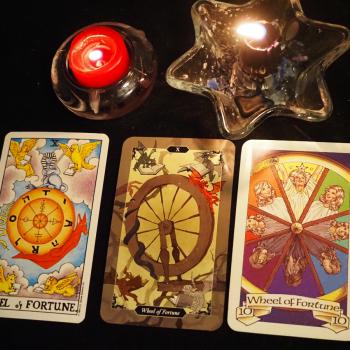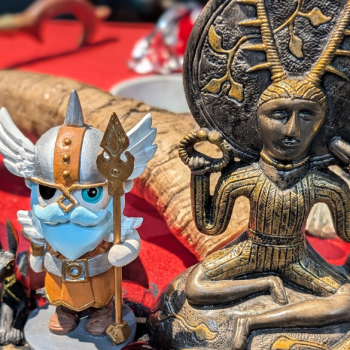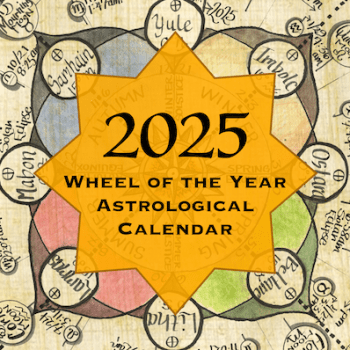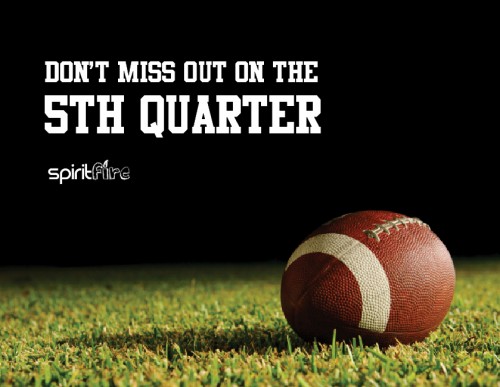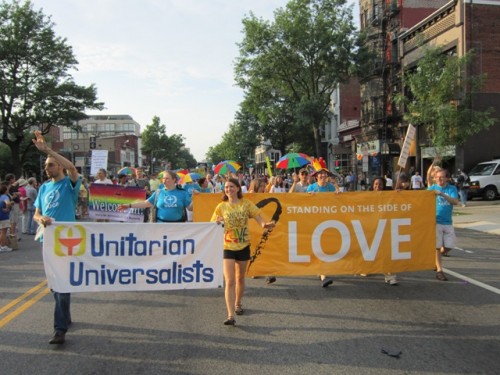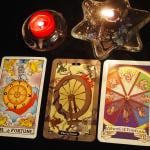This Sunday, March 11th, will be the one year anniversary of a massive earthquake and tsunami that brought death, destruction, and nuclear chaos to Japan. A tragedy that the island nation is still trying to recover from. A few days after the disaster began, I explored the religious angle to stories of Japanese citizens dealing with tragedy, and how Western journalists seemed uncertain of how to talk about the spiritual dimensions outside of a Christian context.
“As things progress, we can hope that a larger sense of the importance of ancestor worship, tradition, the divine within nature, and the multiplicity of spiritual beings within Japanese culture will shine through in future aftermath coverage. In this disaster there is a rare opportunity to understand how a culture outside the Christian context grapples with universal questions and problems. Religion journalists should rise to this occasion, and minority faiths in the West should ask for the true diversity of faith in our world be accurately and fairly covered.”
In my article, I criticized the Religion News Service’s coverage for being “disproportionately focused“ on Christian reactions to the tragedy in a land where Christianity is a tiny minority, while religions like Shinto and Buddhism dominate. So I’m pleased to see RNS covering Shinto plans to commemorate this anniversary.
“Shinto priests throughout Japan are preparing to hold commemoration ceremonies on March 11 to mark the one-year anniversary of the earthquake and tsunami that killed an estimated 20,000 people. The Association of Shinto Shrines has issued a suggested prayer to be read during the ceremonies. That prayer, according to the Rev. Masafumi Nakanishi, a Shinto priest, describes the calamity, pleads that there be no more disasters and asks that people live peacefully. […] Nakanishi said many of the shrines that were spared last year were built just beyond the tsunami’s reach, crediting Shinto ancestors with their safe placement. Many of the surviving shrines were used for disaster relief efforts, with some serving as shelters following the earthquake and tsunami and others serving as collection sites for donations to assist the victims.”
CNN did a feature on one of the shrines that survived in April of last year, I’ve embedded it below.
httpv://www.youtube.com/watch?v=MegVkyremr4
The RNS piece also quotes Georgetown professor Kevin M. Doak, who says that “the Japanese have a kind of innate, intuitive empathy” which “may be due to Shinto as much as to anything else.” Another insight into the minds of those who’ve been shaped by Shinto, and this recent tragedy, comes from MSNBC.com. In that piece, Kuni Takahashi reports on rebuilding plans and interviews Masanori Sato, the son of a Shinto priest.
“At first I didn’t have a clue where to start, but I slowly began to see things clearly after moving out of the evacuation center into temporary housing,” Sato said recently. “I felt myself settling down a bit. I want to put our village together again. The land has changed but the people are not all gone. We are talking about reviving our community just like it used to be – including both good things and bad things […] Being a tsunami survivor changed my way of thinking. I guess I learned from it. I realized how important the community is to help each other. I was too selfish before.”
Both of these looks into how Shinto adherents deal with immense tragedy are welcome, though I still wish more time was spent unpacking how Japanese culture, and traditional Japanese religion, shapes views of the earthquake and tsunami. For example, a recent AFP report mentions how this tragedy has created scores of “ghosts,” and notes that “Shinto priests have been called upon to console the souls of the dead and ease their passage into the next world before they purify the places their bodies were found.” Yet no further detail is given into how this process happens, or how the role of Shinto priests have changed in the wake of the tsunami. So much more is here to be said, and heard. I hope those who cover the religion beat rise to the occasion and continually move beyond their comfort zones to hear the voices of religious men and women who may operate outside a context they understand.
For many modern Pagans, we feel a natural affinity with our Shinto cousins. Last year we saw Peter Dybing lead an initiative that raised $30,000 dollars for Japan earthquake assistance, a new landmark in our ability to collectively give. I hope that our community will also observe March 11th as a day of prayer and commemoration. That we ask our gods, the spirits, the land itself, to spare Japan from further disasters, and people live peacefully.



